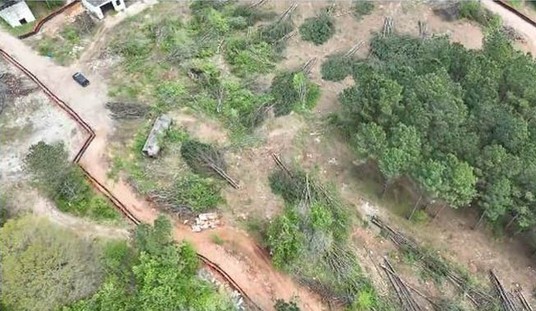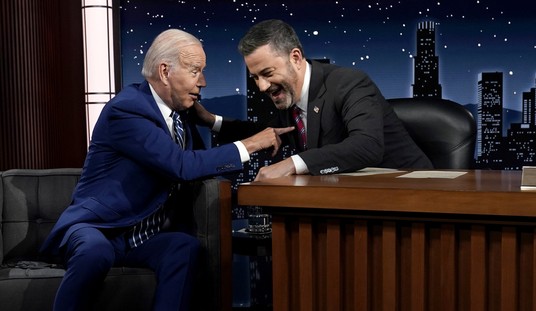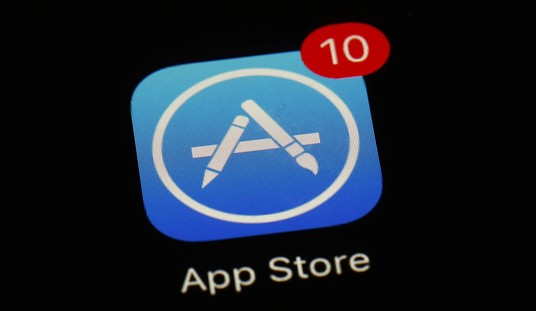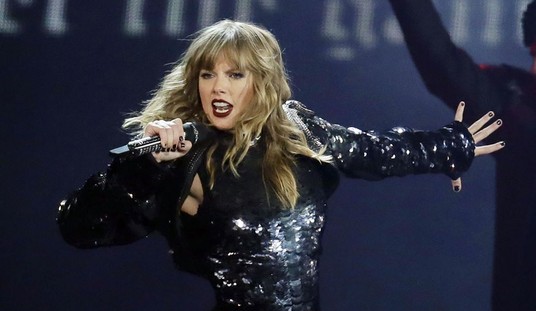Few people probably noticed the absence of “high-speed rail” from Barack Obama’s State of the Union speech last night. The issue took a prominent position in SOTU speeches in 2011, when Obama dedicated five paragraphs to pushing it, and in 2010, when Obama promoted the high-speed rail project in Florida that Governor Rick Scott killed. Last night’s mentions: zero.
Perhaps the White House didn’t have a good answer as to why their pet rail project in California has become so expensive and bloated that the state auditor issued a warning hours before the SOTU began about its financing becoming so “increasingly risky” that state lawmakers should consider whether to proceed (via Andrew Malcolm):
In the latest in a series of cautionary reports by outside agencies and groups, the auditor’s report finds that the California High-Speed Rail Authority has made some progress in addressing planning and fiscal concerns but still has important work to do to ensure that the project can be built as promised.
“The program’s overall financial situation has become increasingly risky, in part because the authority has not provided viable funding alternatives in the event its planned funding does not materialize,” the auditor’s report says.
The authority has secured $12.5 billion for the first leg — from Los Angeles to San Francisco — of what is planned to be an 80-mile network, according to the report says. But it notes the projected cost of that phase has risen to between $98.1 billion and $117.6 billion.
The auditor warns that the state has no clear way to raise the $105 billion in funding necessary to complete the project, but that’s just half of the problem:
“The success or failure of the program” depends on obtaining up to $105 billion in additional funding, which has not been identified, the report says. It also finds that cost estimates for the initial phase do not include operating or maintenance outlays, which the auditor estimates could total $97 billion between 2025 and 2060.
Supposedly, this will get recouped by fare sales, since the project’s legal foundation requires it to cover its costs without subsidies. The project estimates 40 million riders a year by 2030, which would mean 1.4 billion boardings during that 35-year stretch. That’s almost certainly a fantasy; Richard White points out in the link above that BART only achieved 25% of its estimated ridership.
Let’s take that ridership assumption at face value. That would make the cost of a boarding $70 just to cover ongoing operating and maintenance costs, with the bonds for construction still outstanding and adding interest costs to the state’s commitment. The principal of $105 billion in bonds would add another $75 per boarding cost to the ticket, bring us — without the interest — to $145 per boarding, or about $290 per round ticket, which is far above what it costs for an airline ticket to make the same trip in less time with more departure and arrival choices. Even if these riders are assumed to be round-trip fares in the state’s cost analysis (usually that’s expressed as “boardings” and not round trips), the base cost without interest of $145 per round trip is about the cost of airline tickets between the two population centers, which Travelocity prices out at around $149 … without putting taxpayers at risk.
The California high-speed rail project isn’t “increasingly risky.” It’s increasingly insane. Small wonder it has disappeared from Obama’s wish list.








Join the conversation as a VIP Member